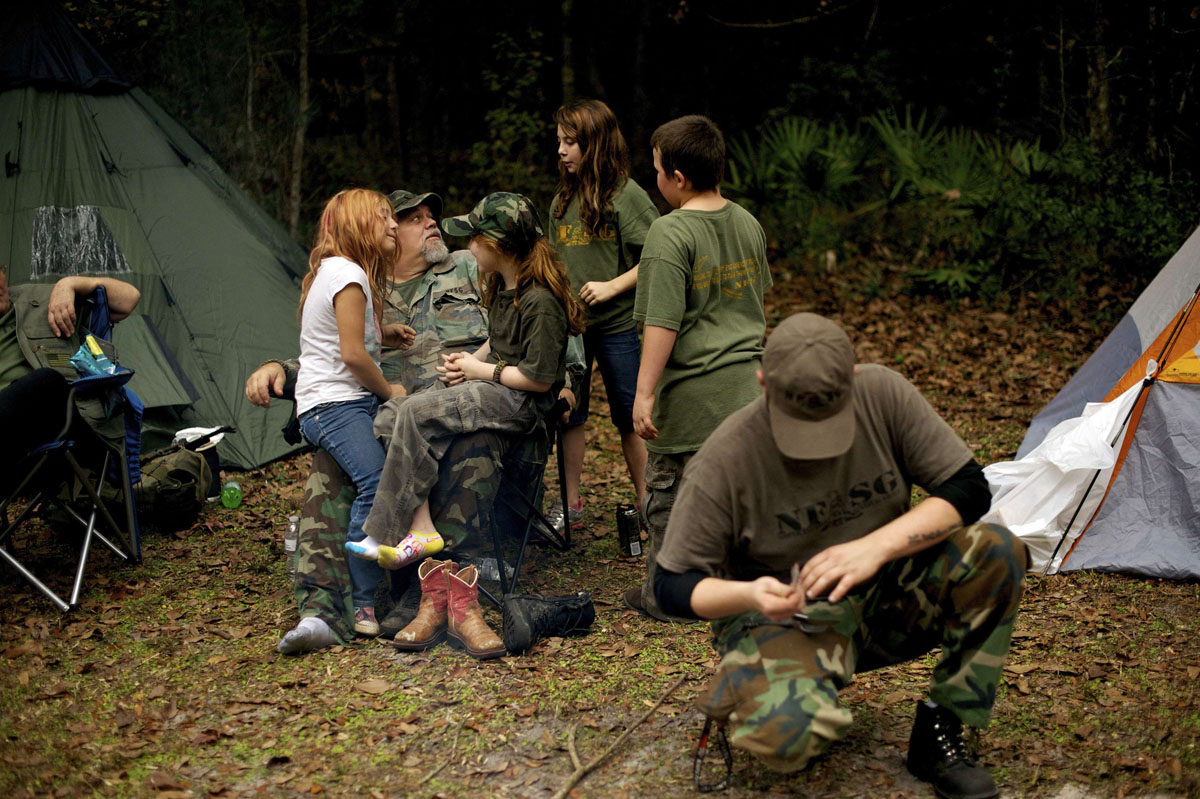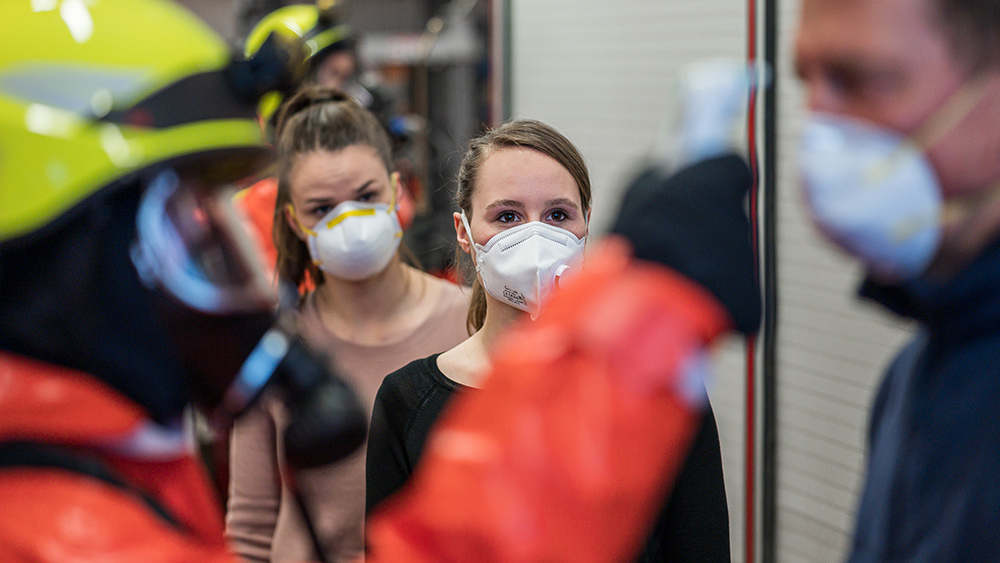Get out and stay alive when SHTF by having a well-thought-out escape plan
03/21/2020 / By Mary Miller

You never know when a large-scale disaster might happen. In case one does occur in your area, you should have an emergency plan in mind to get you and your loved ones out of danger. As with any good survival strategy, your escape plan will require sound leadership skills, disciplined direction and some practice to work as you intend it. Follow this simple guide and learn how to create your own escape plan in case SHTF. (h/t to Survivopedia.com)
Assess your current situation
Depending on where you live, your area may be more prone to certain disasters than others. Before anything else, you need to assess your current situation and consider what possible threats you are likely to face. There are many factors you will have to consider. Is it more practical for you to bug out or in? If you need to bug out, where will you go? Are there other people living with you? Where will you go when you need to evacuate, and how will you get there? You should take into consideration all the possible obstacles you might encounter and list down the different ways you can get around them.
Prepare your bug-out bag
A bug-out bag, or BOB, should contain all the essentials you need to survive for at least 72 hours after SHTF. Before anything else, you should have your BOB prepped and ready to go at a moment’s notice. Your BOB should be sturdy but lightweight so that you can easily carry it around, even while traveling on foot. Some of the items you should have in your BOB include food and water supplies, a first aid kit, personal hygiene items, appropriate clothing, maps of your local area, a flashlight, a lighter and some cash. For communication purposes, you should also have a walkie-talkie and a card wallet with addresses, phone numbers, radio frequencies and any other relevant information. Store your BOB somewhere easily accessible.
Set up a bug-out location
A bug-out location or BOL is the end goal of your escape plan. This secure destination is where you and your loved ones can stay temporarily until it is safe to return home. Ideally, your BOL should be located somewhere within 20 to 100 miles from your home, but this will greatly depend on your specific situation. You will need a bug-out vehicle if your BOL is further away. However, this may be a problem if you don’t get out before everyone else does, and you end up stuck in heavily congested roadways. The closer your BOL is, the easier it will be for you to get there on foot. (Related: The best bug-out locations for preppers in the Eastern U.S.)
Make sure your loved ones are involved
Unless you are living alone, no escape plan is a one-person job. If you want your family members to stay safe, they should also be involved. That way, even if you are not around, your loved ones will know exactly what to do when SHTF. Delegate different responsibilities to your family members, including children. They should know where to go and what to take with them. If any of your family members are unable to reach home, make sure to establish at least two safe zones within your area where you can meet up. Some ideal safe zones include an easily accessible restaurant, your local library, a church, or the home of a trusted friend or relative.
As with all survival plans, no single escape plan is completely foolproof. Make sure to keep your plans flexible enough to accommodate any unexpected challenges you may face. As long as you can adapt to your situation, you can survive almost anything.
Sources include:
Tagged Under: backup plan, BOB, BOL, bug out, bug out bag, bug-out location, bugout, chaos, Collapse, emergencies, escape plan, off grid, outdoors, preparedness, Preppers, prepping, prepping tips, self sufficiency, SHTF, survival, survival gear, survival skills, Survival Tips, survival tools, survivalist
RECENT NEWS & ARTICLES
COPYRIGHT © 2017 PATRIOT NEWS



















